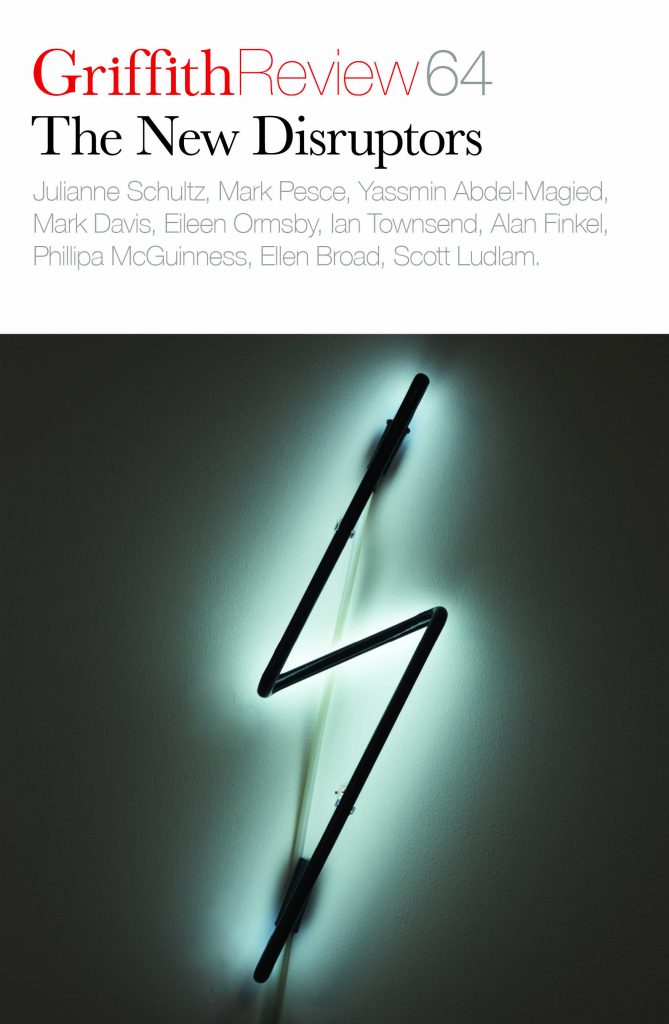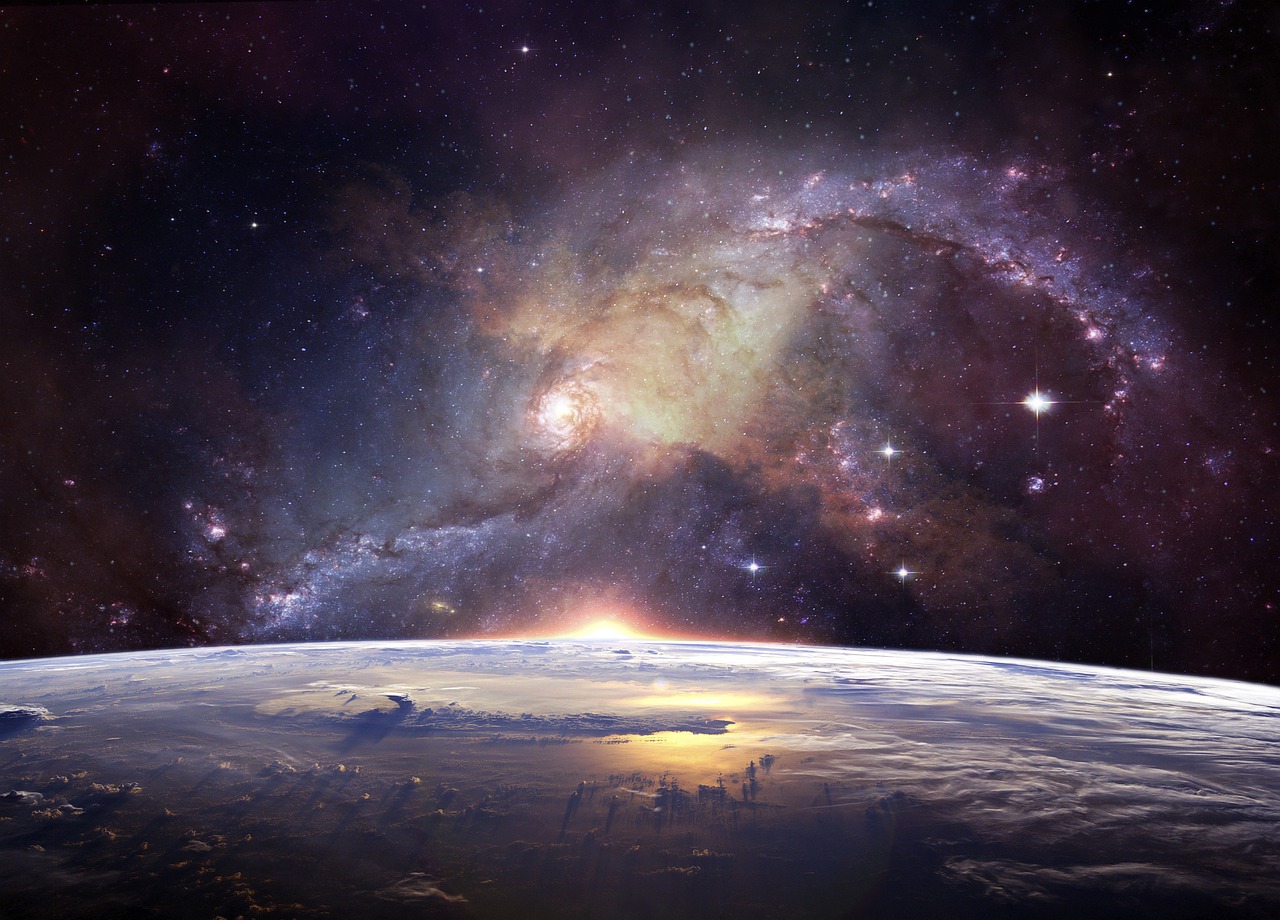Featured in

- Published 20190507
- ISBN: 9781925773620
- Extent: 264pp
- Paperback (234 x 153mm), eBook

Already a subscriber? Sign in here
If you are an educator or student wishing to access content for study purposes please contact us at griffithreview@griffith.edu.au
Share article
More from author

A modern epic
ReportageI MEET THE immortals on a Wednesday evening in January. We’re upstairs on Russell Street, in a workspace shared by a couple of tech...
More from this edition

Hashtag war
EssayTHE CAR JOURNEY from Canberra airport to the parliamentary triangle is a necessary trip for Federal politicians. One route heads south along the Monaro...

Discounted goods
EssayWALK THROUGH THE doors of a suburban op shop and you’ll find the residue of household (de)composition that was once catalogued in rhyming newspaper-speak...

When big tech met books
MemoirTHE FIRST TIME I went to the Frankfurt Book Fair in 2008, I had an appointment with Google. Its stand in Hall Eight was...